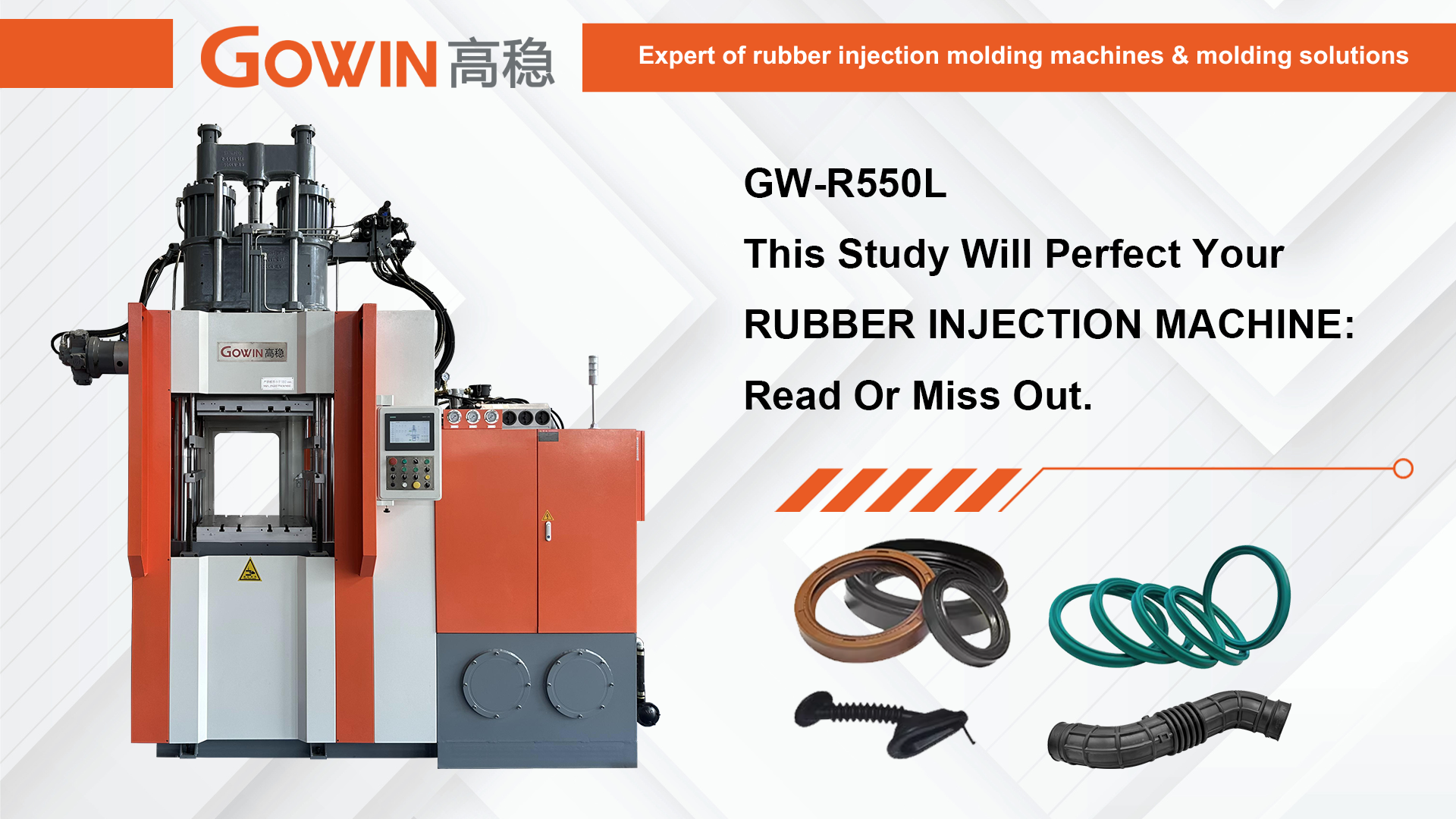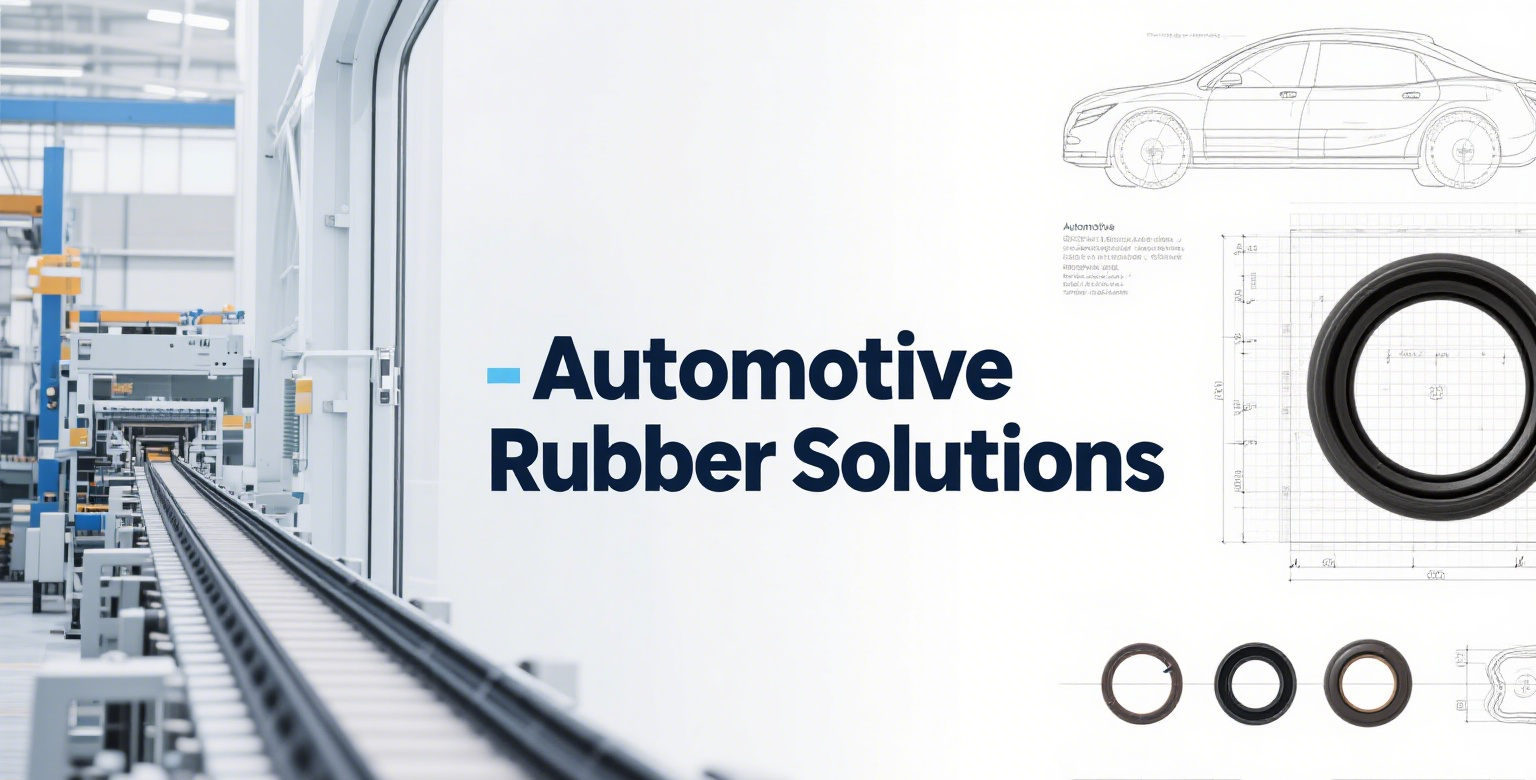Injection molding warping refers to unintended twists or bends caused by uneven internal shrinkage during the cooling process. Warping defects in injection molding are generally the result of non-uniform or inconsistent mold cooling, which creates stresses within the material. This might sound like a technical footnote to some, but to anyone serious about manufacturing precision rubber parts—whether you're running an O-ring manufacturing machine or producing automotive door seals—it’s a make-or-break issue. After more than three decades in this field, I’ve seen far too many production managers, mold designers, and factory owners underestimate the profound impact of warping on yield, cost, and final product performance. If you’re still treating warping as a minor defect to be fixed in post-processing, you’re not just losing money; you’re missing the core of what modern injection rubber moulding is about: perfection from the first shot.
Let’s dig deeper. Why does warping happen at a fundamental level? When molten rubber material is injected into a mold cavity, it begins to cool immediately. Ideally, the entire part should cool and solidify at the same rate. But in reality, variations in cooling channel design, temperature differences across the mold, material inconsistencies, and even the part’s own geometric complexity can cause certain sections to contract more than others. This differential shrinkage introduces internal stresses. When those stresses exceed the material’s structural integrity at the point of ejection, the result is warping—a part that is bent, twisted, or distorted out of its intended shape.

The consequences are especially severe in industries like automotive manufacturing. Consider the automotive rubber-molded components market, which demands exceptionally high dimensional stability. A slightly warped seal or gasket can lead to water leaks, wind noise, or even failure in critical systems. In an automotive door rubber seals factory, a warped seal won’t fit correctly into the assembly jig, causing delays in production lines and potentially leading to costly recalls. For manufacturers supplying to major automotive OEMs, tolerances are tight, and margins for error are virtually zero.
So, how do we tackle this? It starts with the heart of your operation: the rubber injection machine itself. Not all machines are created equal. Older or poorly maintained machines often suffer from inconsistent injection pressure, inadequate screw design, or unreliable temperature control—all of which exacerbate uneven cooling. Modern machines, especially those designed with advanced process control systems, allow for meticulous regulation of injection speed, pressure holding phases, and cooling time. If you’re still using a basic machine without closed-loop hydraulic or electric control, you’re essentially fighting warping with one hand tied behind your back.
But the machine is only one part of the equation. The mold—produced by a high-precision rubber mould making machine—is equally critical. Mold design directly influences cooling uniformity. Cooling channels must be strategically placed to ensure even heat extraction, particularly in sections with varying thickness. I’ve visited dozens of factories where warping issues were resolved not by adjusting process parameters, but by redesigning the cooling system within the mold. Using conformal cooling channels, for example, can significantly improve temperature distribution across the mold surface.

Then there’s the material. Different rubber compounds shrink at different rates. Silicone, EPDM, and nitrile rubber each have unique thermal properties. Without a deep understanding of how your specific material behaves during cooling, you’re essentially guessing. Material testing and characterization are non-negotiable if you want to minimize warping.
For those involved in O-ring production, the challenges are even more pronounced. O-rings are small, but their geometry—a circular cross-section—makes them susceptible to internal voids and uneven cooling if not processed correctly. An O-ring vulcanizing machine must ensure consistent temperature and pressure throughout the curing cycle. Any deviation can cause micro-warping that compromises the seal’s integrity. In critical applications, a warped O-ring is nothing short of a liability.
Automotive rubber injection molding requires an integrated approach. From material selection and mold design to machine calibration and process monitoring, every step must be optimized. This is where advanced production lines, such as a CE certification PLMF-1 automatic production line for assembly sealing ring, come into play. These systems are engineered with precision cooling control, automated ejection, and real-time monitoring sensors that detect even slight variations in process conditions. They represent the gold standard in preventing warping and other defects.
But technology alone isn’t the full solution. Operator training and process discipline are equally important. I’ve seen sophisticated machines underperform simply because the staff didn’t understand the relationship between cooling time and warping. Continuous training and a culture of quality are essential.
Looking ahead, the automotive rubber-molded components market is becoming more competitive. Manufacturers are expected to deliver lighter, more durable, and more complex parts at lower costs. The only way to meet these demands is by mastering every aspect of the injection process—especially cooling control. Warping isn’t just a defect; it’s a symptom of an underlying process imbalance. Addressing it requires a holistic view of your entire production system.
In conclusion, perfecting your rubber injection machine process to eliminate warping isn’t a one-time fix. It’s a continuous journey of machine maintenance, mold design excellence, material science, and workforce skill development. Those who invest in understanding and controlling cooling-related shrinkage will not only reduce scrap rates and improve product quality but will also position themselves as leaders in a demanding market.
---
I have been working in the rubber injection machine industry for over 30 years. If you would like to learn more about other issues related to rubber injection machines, please feel free to consult.
Post time: Aug-28-2025





